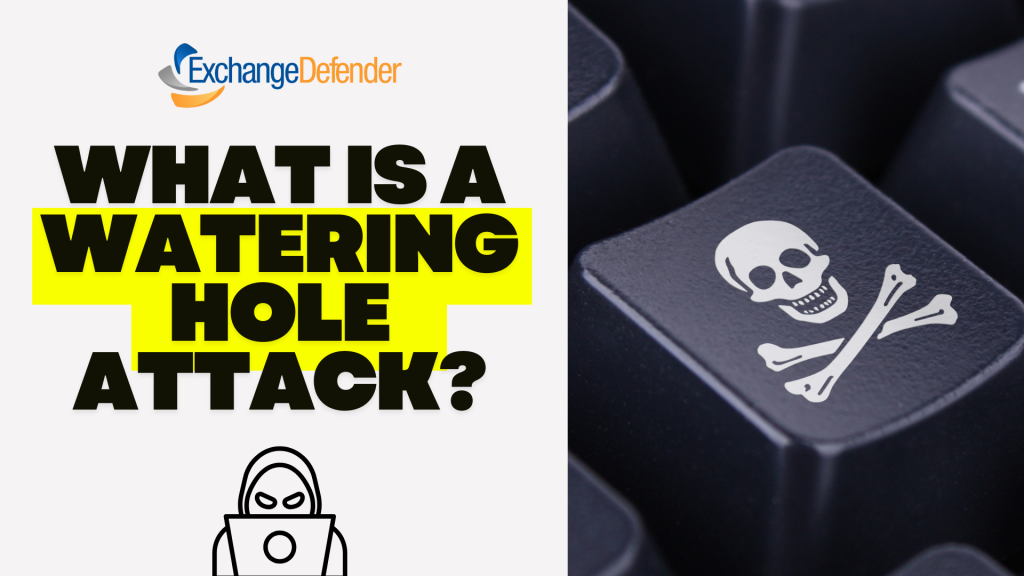The Anatomy of a Phishing Email (With Examples)
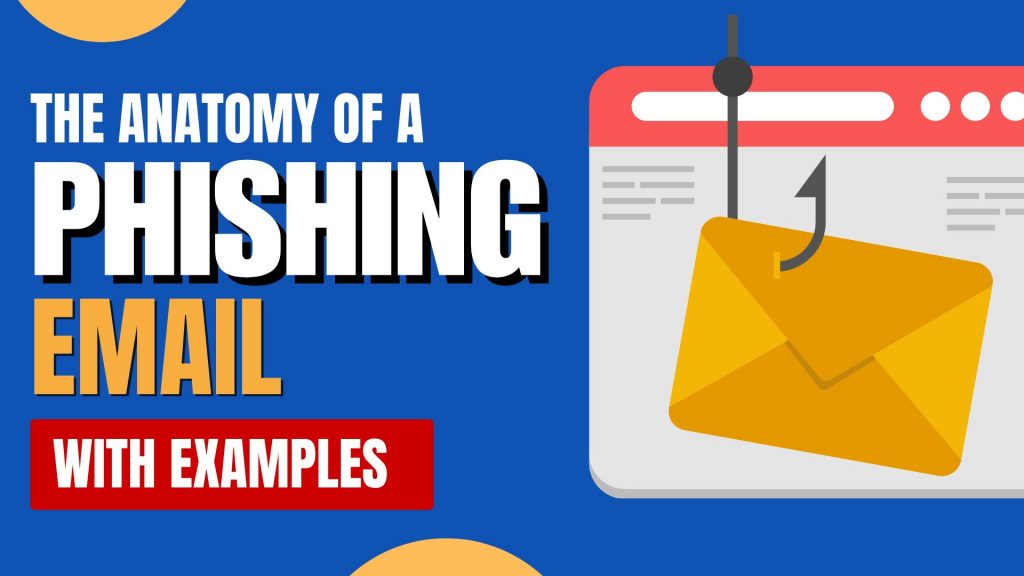
Phishing emails have come a long way from the hilariously obvious scams of the early 2000s. Today, they’re more convincing, better designed, and — worst of all — more effective. Knowing how to spot a phishing email can mean the difference between avoiding a breach… or becoming the next cautionary tale.
Let’s break down the anatomy of a phishing email — using real examples and highlighting the red flags you should never ignore.
What is Phishing?
Phishing is a type of social engineering attack where cybercriminals pose as trusted entities to trick people into giving up sensitive information — like passwords, credit card numbers, or access credentials. These emails may look like they’re from your boss, your bank, or even your favorite app.
Key Elements to Watch For
Let’s dissect a classic phishing email and highlight where the danger hides:
1. Weird or Slightly Off Email Address
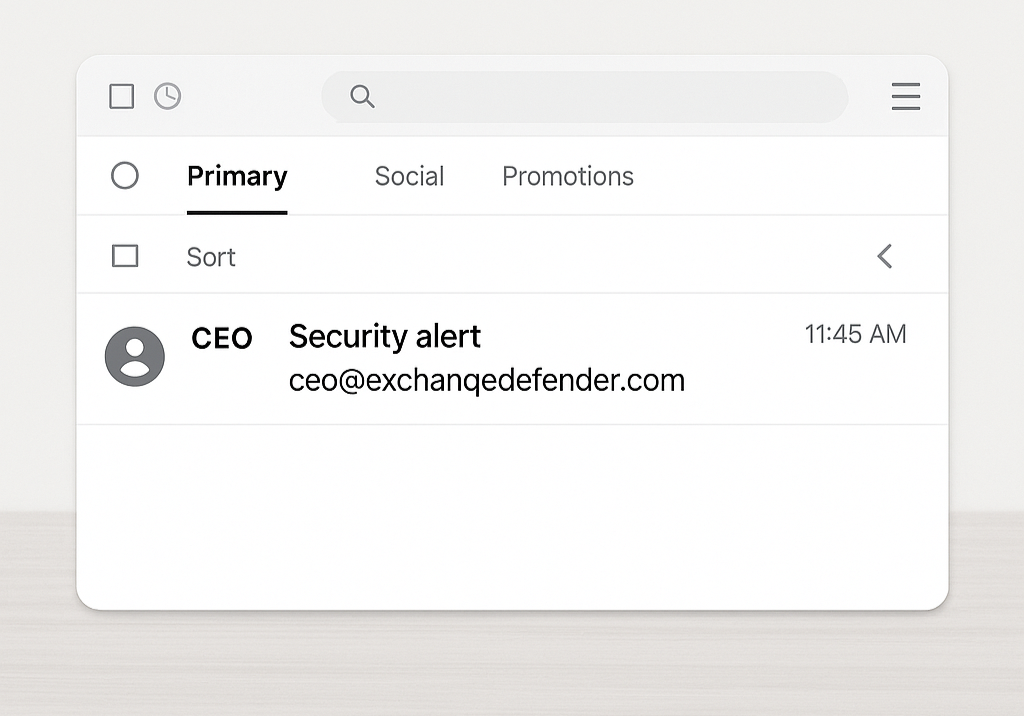
Example: ceo@exchanqedefender.com instead of ceo@exchangedefender.com
A single letter can be all it takes to trick someone. Always double-check the sender’s email. If it looks “off,” it probably is.
👉 Pro Tip: Hover over the sender’s email or tap to reveal full details.
2. Urgent or Threatening Language
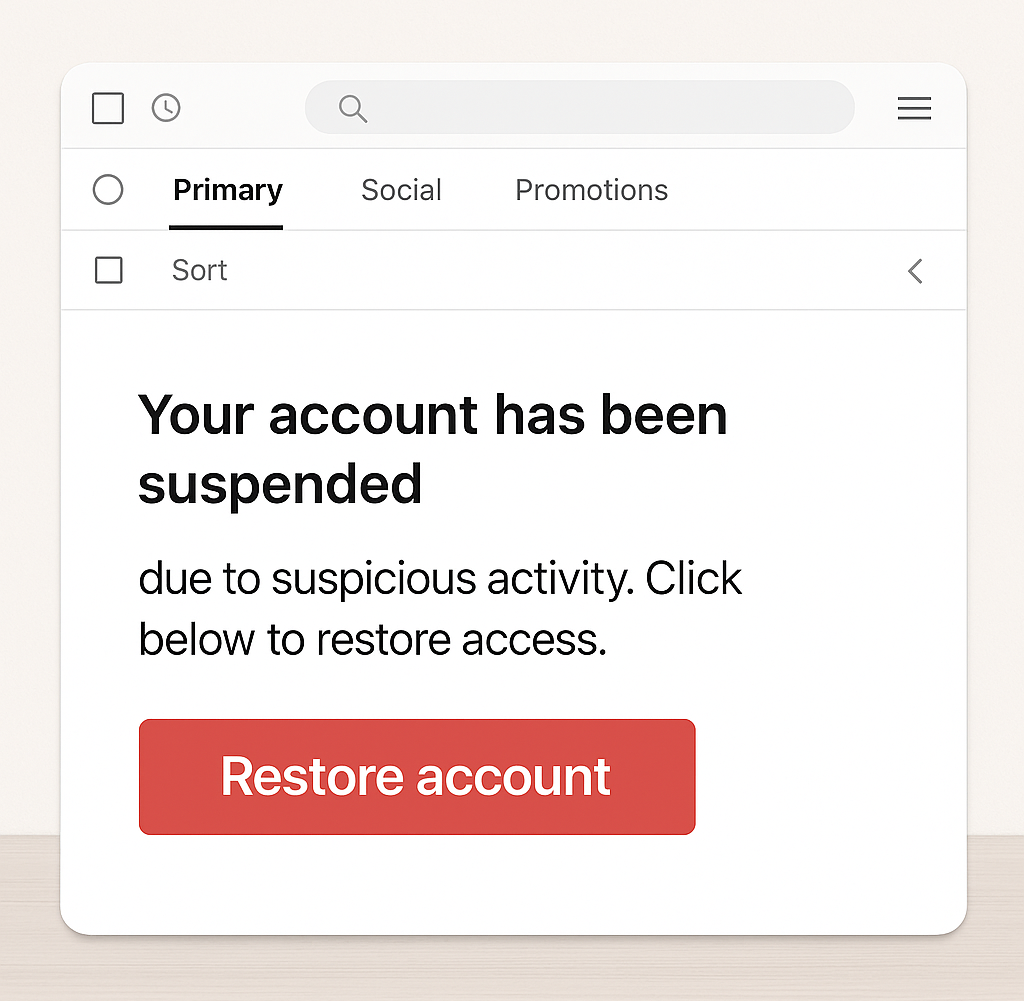
Example: “Your account has been suspended due to suspicious activity. Click below to restore access.”
Scammers want you to act fast without thinking. Anything that demands “immediate action” is likely designed to panic you into clicking.
3. Generic Greetings
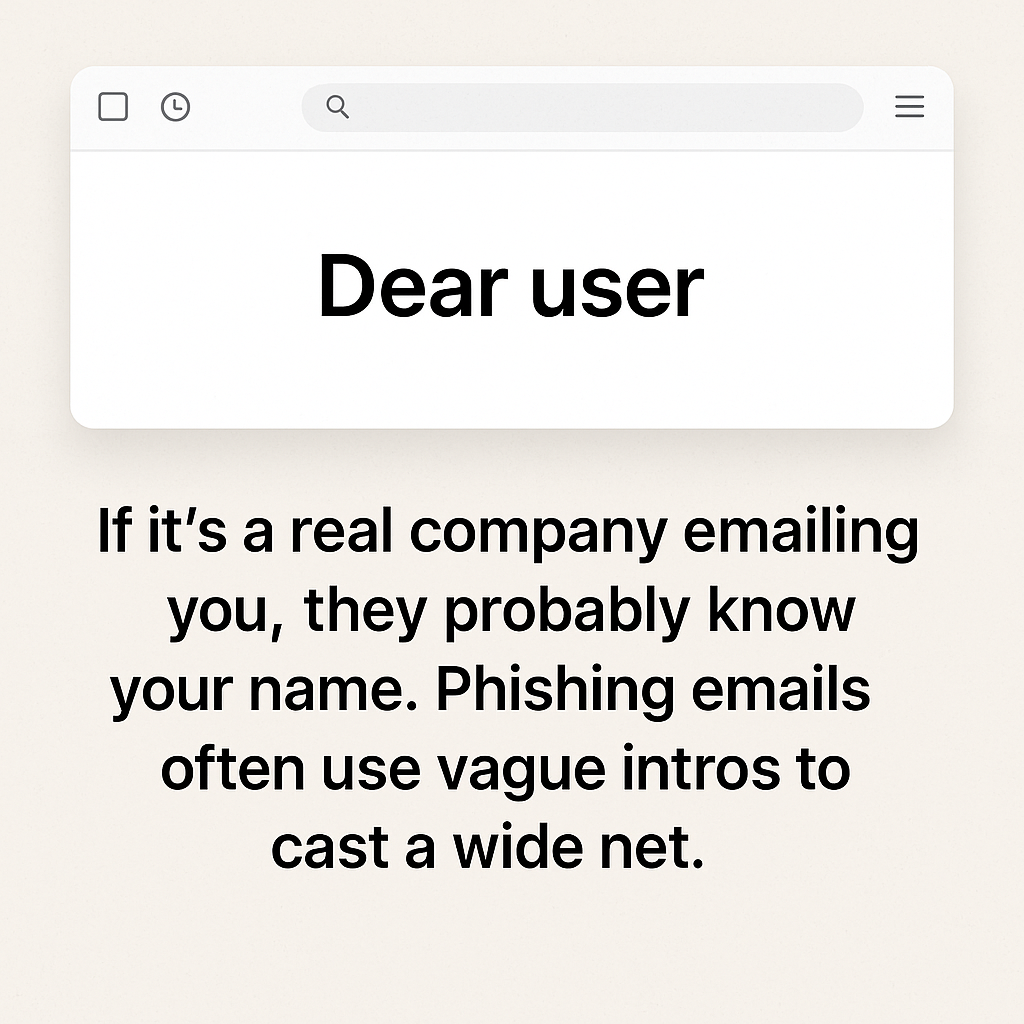
Example: “Dear user” or “Hi customer”
If it’s a real company emailing you, they probably know your name. Phishing emails often use vague intros to cast a wide net.
4. Suspicious Links or Attachments
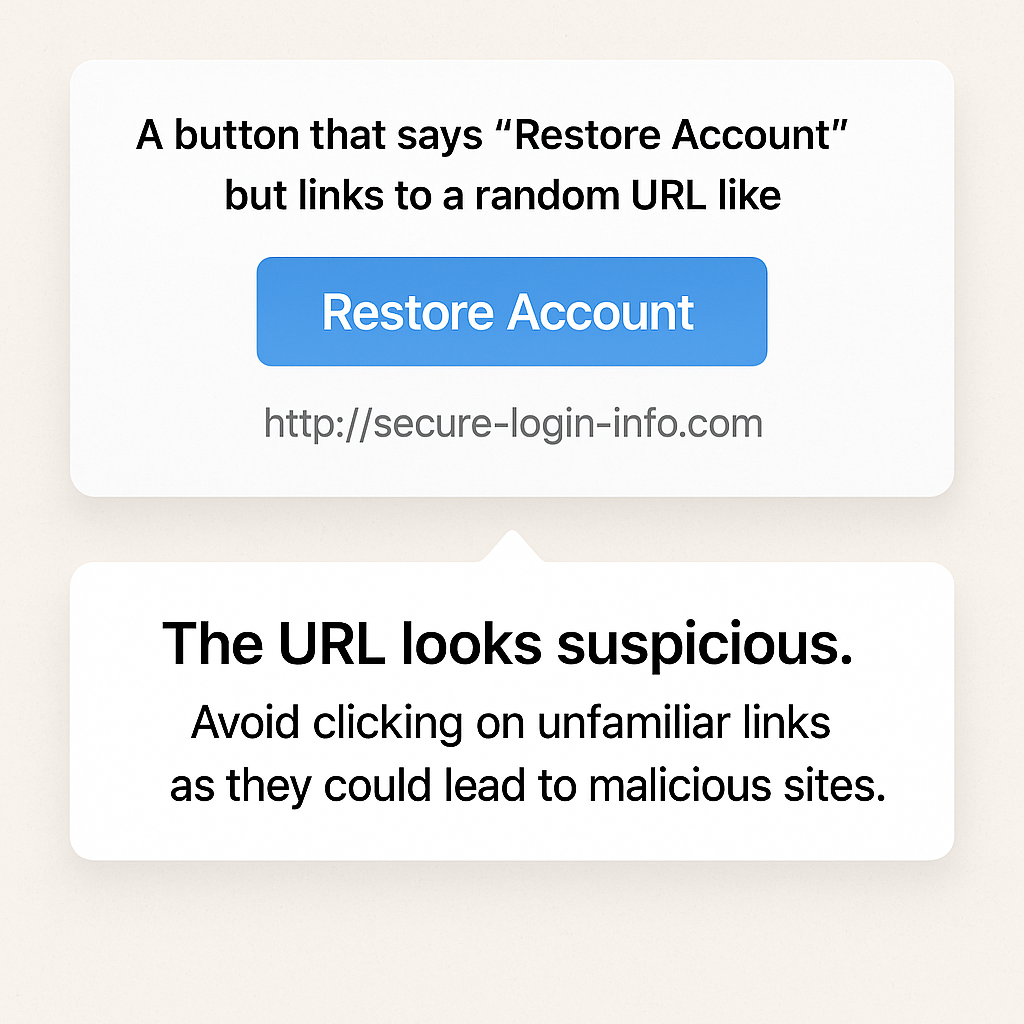
Example: A button that says “Restore Account” but links to a random URL like http://secure-login-info.com
Always hover before you click. If the URL doesn’t match the legitimate site, run far away (and don’t open attachments either).
5. Spelling + Grammar Errors
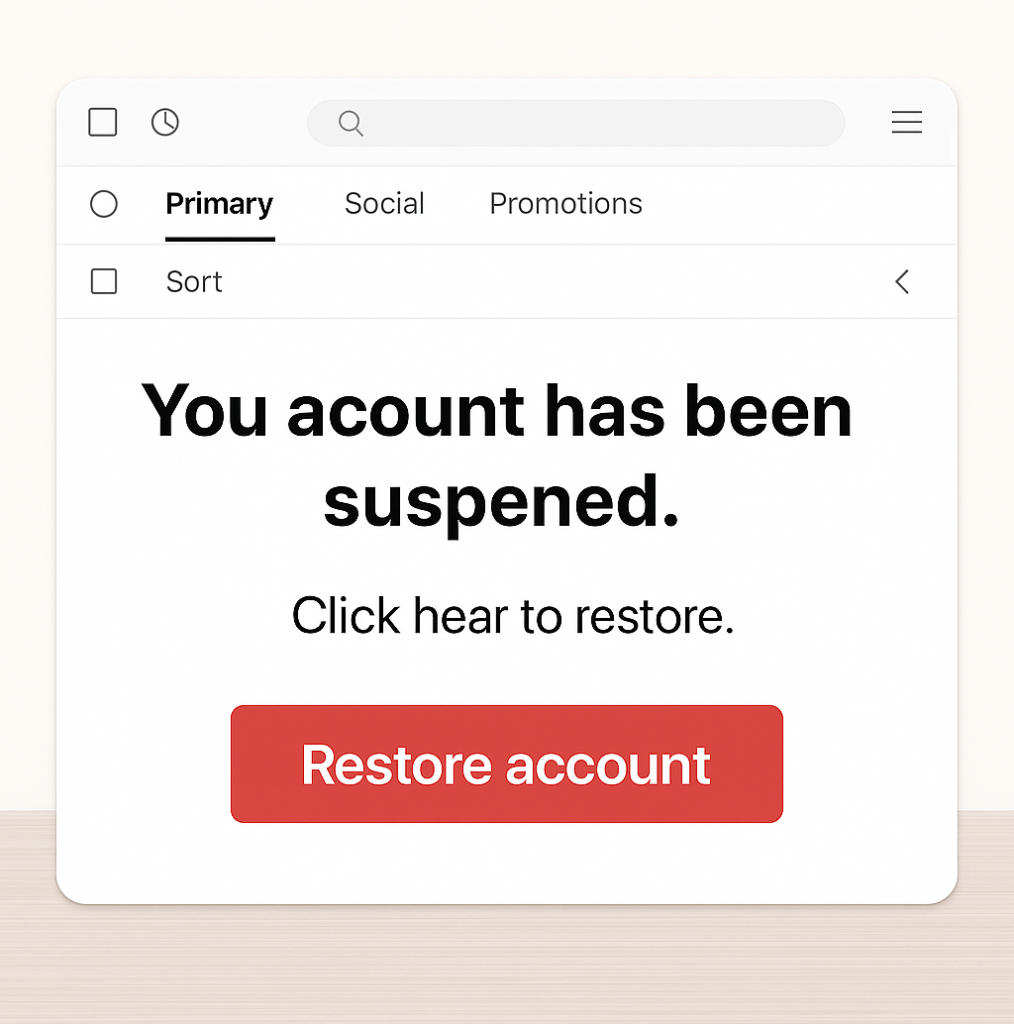
Even today, many phishing emails are riddled with typos and weird formatting.
Example: “You acount has been suspened. Click hear to restore”
You’d be surprised how many people overlook this — don’t be one of them.
✅ How to Protect Yourself
- Slow down. Urgency is a tactic.
- Verify. If in doubt, call or message the sender directly (don’t reply).
- Train your team. Run phishing simulations regularly.
- Use protection. Email filtering tools like ExchangeDefender can stop threats before they hit your inbox.
Phishing emails rely on one thing: human error. But with awareness, training, and the right tools, you can turn your team into a human firewall. Learn what to look for — and don’t let the phish hook you.
Want to test your team’s phishing detection skills?
👉 Try our free phishing simulation today
Stay safe. Stay alert. Stay unphished.
CBE Group Scams: How to Stay Safe from Fake Debt Collectors
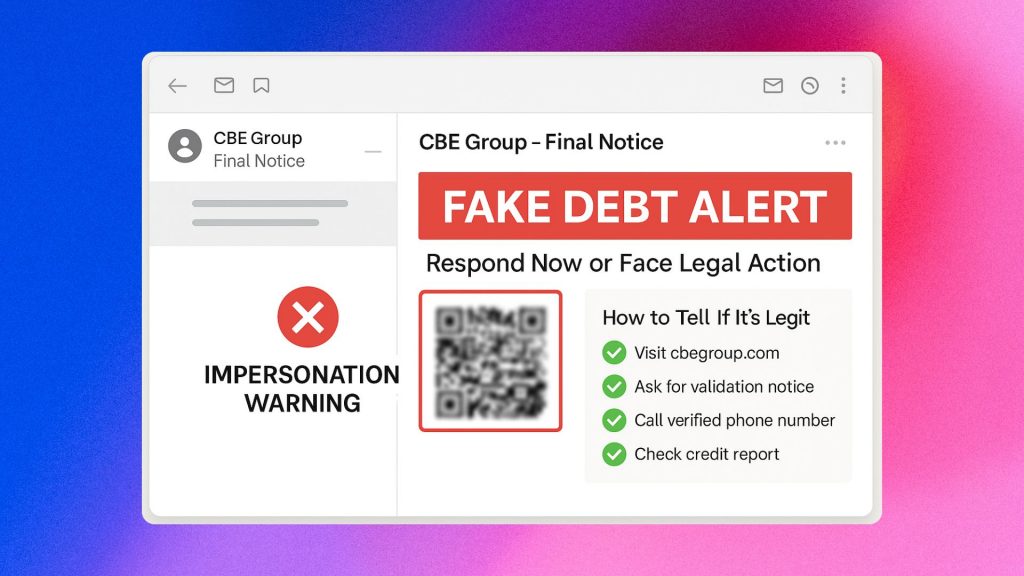
Scammers are getting more creative — and now, they’re impersonating trusted names like The CBE Group, Inc., a legitimate debt collection agency, to defraud unsuspecting victims. These scams are not only spreading by phone but also through email, text, and QR codes, making them especially dangerous for businesses and individuals alike.
At ExchangeDefender, we’re committed to helping you recognize these threats before they do damage.
First, What Is the Real CBE Group?
The real CBE Group is a licensed debt collection company based in the U.S. They work with federal, state, and private creditors, and they may contact you via:
- Phone
- Letter
But here’s the key difference: they follow the law and won’t pressure you into shady payment methods or scare tactics.
Common CBE Group Scam Tactics to Watch For
1. Fake Debt Collection Calls
Scammers impersonate “CBE agents” and use:
- Threats of arrest or legal action
- Demands for immediate payment
- Calls that feel rushed or overly aggressive
2. Spoofed Caller ID
- The call appears to be from a CBE Group number.
- Uses robocalls or a script to lure you in.
3. Phishing Emails or Texts
- Fake QR codes or links saying “Resolve Your Debt.”
- Redirects you to malware, phishing sites, or fake login pages.
4. Unusual Payment Requests
- Gift cards, cryptocurrency, Venmo, or Zelle? 🚫 Huge red flag.
- No legitimate collector will ever ask for these.
5. Bogus Case Numbers or Settlements
- “You’re being sued.”
- “We can settle this now — but you must act fast.”
- These are pressure tactics to catch you off guard.
🔍 How to Tell If It’s Really CBE
Before you respond or pay anything, do your due diligence:
- Visit the official site: https://www.cbegroup.com
- Ask for a written validation notice (required by law)
- Call CBE directly using verified contact info
- Check your credit report — is the debt even real?
⚠️ What to Do If You’re Contacted
If you get a suspicious message claiming to be from CBE Group:
- Don’t click any links or scan QR codes.
- Don’t provide personal, financial, or login info.
- Hang up, then call the real CBE Group or check their website.
- Report the scam to the:
- Federal Trade Commission (FTC)
- Your state’s Attorney General
🛡️ How ExchangeDefender Protects You
Scammers may use legitimate-looking emails, domains, or QR codes to target you. Our advanced threat protection tools filter out spoofed emails, phishing attempts, and malicious content before it ever hits your inbox.
🔐 Want to ensure your organization stays safe?
Reach out to ExchangeDefender today for enterprise-grade protection against phishing, fraud, and impersonation.
New Scam Alert: Coinbase Phishing Emails Making the Rounds
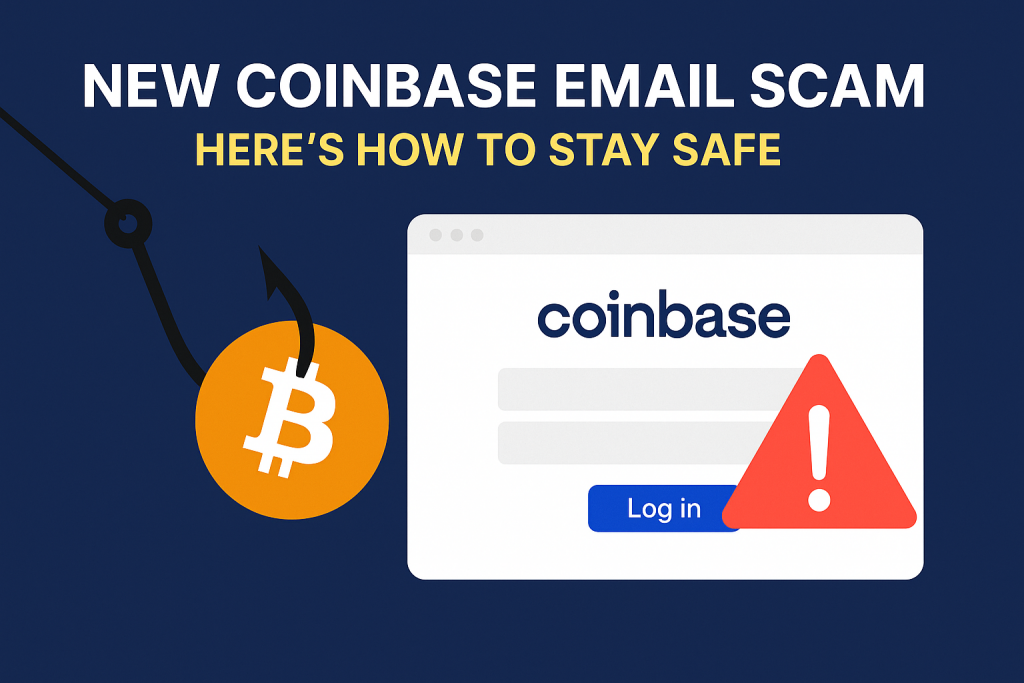
There’s a fresh scam in town, and it’s after your crypto.
Scammers are sending highly convincing emails that look like they’re from Coinbase, warning users of account restrictions or suspicious logins. These messages urge you to “verify your account”—but it’s a trap. A well-disguised one.
What Makes This One So Dangerous?
Unlike typical junk mail, this phishing campaign is:
- Well-designed with real Coinbase branding
- Free of typos and grammar fails
- Carefully crafted to trigger panic clicks
Once you click, you’re led to a nearly identical login page where your credentials (and potentially your wallet) are stolen.
What To Watch For:
- Emails from sketchy or lookalike domains
- Urgent calls to action: “Verify Now”, “Your Account Is Suspended”, etc.
- Fake login pages (hover links before clicking!)
Pro Tip: Coinbase emails always come from @coinbase.com. Anything else = 🚩
🛡️ How ExchangeDefender Has Your Back
When you use ExchangeDefender’s advanced threat protection, you’re not just hoping Gmail will catch it.
You’re getting:
✅ Real-time phishing detection
✅ Dangerous link filtering
✅ Quarantine control with full transparency
✅ Education tools to keep your team aware and alert
We don’t just filter spam—we weaponize your inbox against scams like this.
What To Do Now:
- Update your 2FA and passwords—especially for financial accounts
- Bookmark real login pages—never trust links from emails
- Enable email security tools like ExchangeDefender
- Forward phishing emails to security@coinbase.com
- Educate your users—because one bad click can cost you big
🔐 Stay Safe, Stay Smart
Crypto is exciting—and so are the people trying to steal it. These attacks are only getting smarter, so it’s up to us to stay two steps ahead.
🧰 Want to learn how ExchangeDefender can protect your business from phishing and email threats?
👉 Let’s Talk.
The Truth About SPF, DKIM & DMARC (Made Simple)
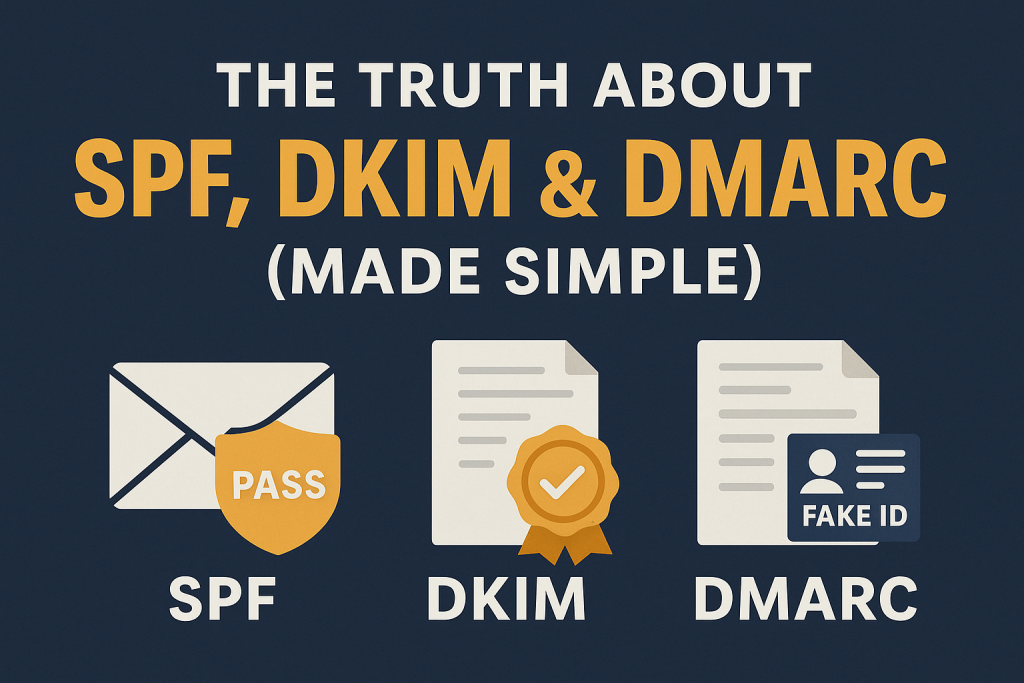
Let’s be honest—email security terms like SPF, DKIM, and DMARC sound like alphabet soup mixed with cybersecurity gibberish. But if you’ve ever wondered how spam gets caught, how scammers spoof emails, or why legit messages sometimes land in junk folders… this is for you.
We’re breaking down the big 3 of email authentication—in plain English—so you know exactly what’s happening behind the scenes when you hit “Send.”
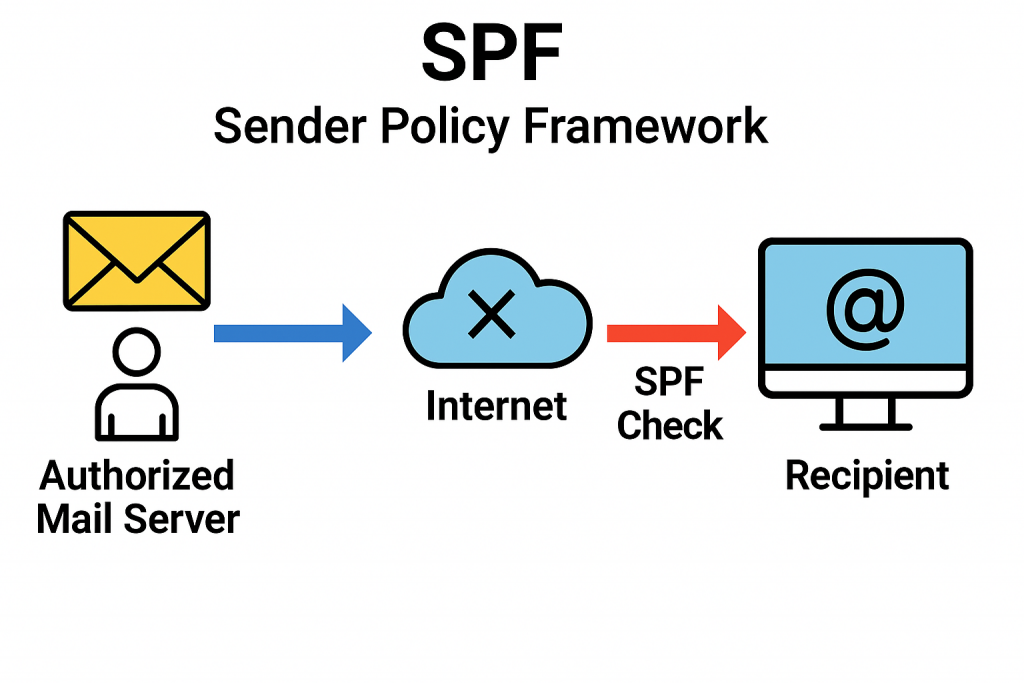
🛡️ SPF – Sender Policy Framework
What it does:
SPF tells the world which servers are allowed to send emails on your behalf.
Real-world example:
Think of SPF like a bouncer at a club. Your email server hands over a guest list (SPF record) at the door. If someone tries to get in wearing your domain name but isn’t on the list? Denied.
Why it matters:
It helps stop spammers from pretending to be you—but on its own, it’s not foolproof.
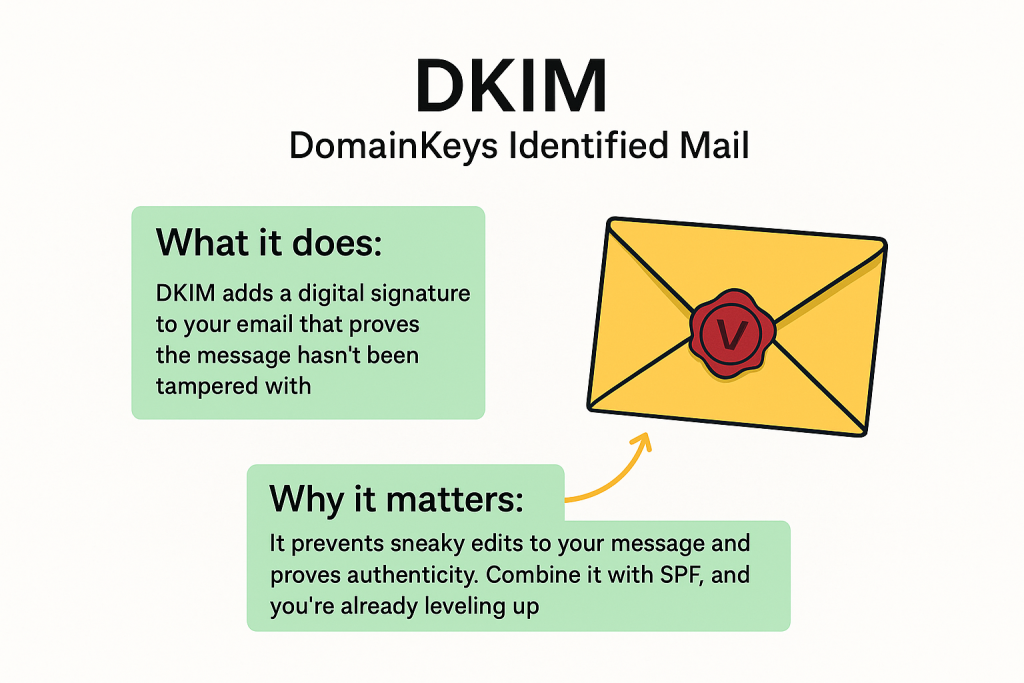
🧾 DKIM – DomainKeys Identified Mail
What it does:
DKIM adds a digital signature to your email that proves the message hasn’t been tampered with.
Real-world example:
Imagine sealing a letter with a wax stamp. If the seal’s broken, you know something’s up. DKIM is your email’s digital seal, verifying that it really came from you—and nothing changed in transit.
Why it matters:
It prevents sneaky edits to your message and proves authenticity. Combine it with SPF, and you’re already leveling up.
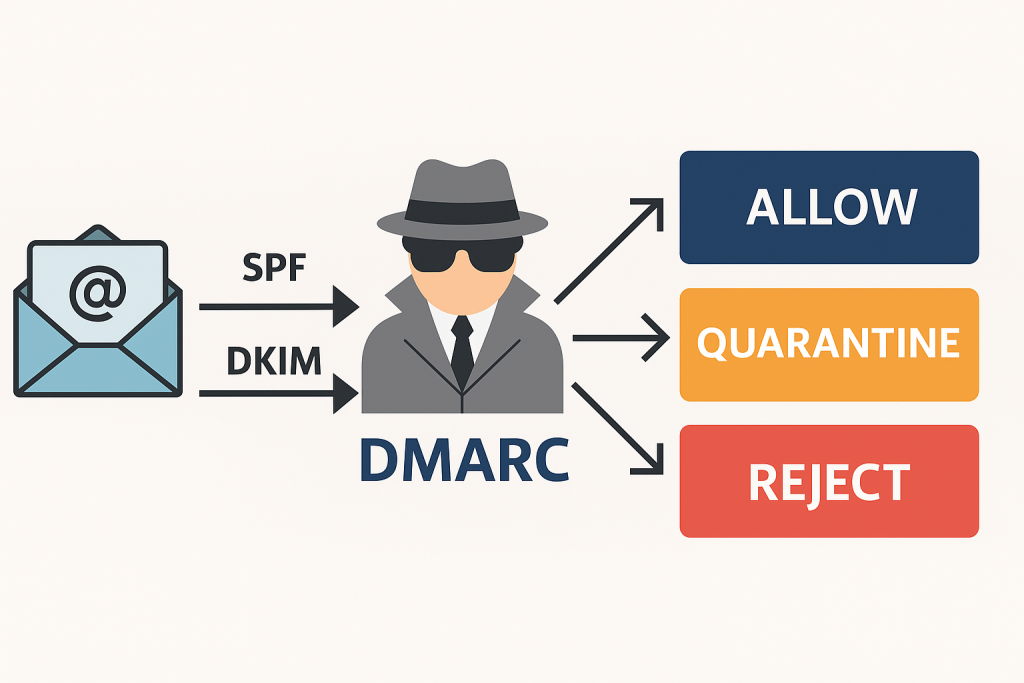
🕵️♀️ DMARC – Domain-based Message Authentication, Reporting & Conformance
What it does:
DMARC is like the manager that makes sure SPF and DKIM are actually being followed—and decides what happens when something fails.
Real-world example:
Let’s say someone shows up at your email club with a fake ID. DMARC is the one that decides: “Should we let this slide, quarantine them, or kick them out completely?”
Why it matters:
DMARC tells mail providers how to handle sketchy emails that claim to be from you. It also gives you reports so you can see who’s spoofing your domain.
🔒 Why Should You Care?
Because your email reputation = your digital trust. If you send emails from your business domain and don’t have SPF, DKIM, and DMARC properly set up, you’re basically telling the internet, “Hey, anyone can pretend to be me!”
That leads to:
- More emails going to spam
- Higher chance of getting spoofed or blacklisted
- Less trust from customers, vendors, and partners
✅ How ExchangeDefender Helps
We make email security easy, even if you don’t speak fluent geek. ExchangeDefender includes tools to:
- Set up and manage SPF, DKIM, and DMARC
- Monitor spoofing attempts
- Keep your reputation clean and your messages trusted
🧠 TL;DR
- SPF = Who can send your email
- DKIM = Prove it wasn’t tampered with
- DMARC = Enforce the rules + get reports
If you’re not using them, your email could be getting filtered—or worse, faked.
Ready to secure your domain like a pro? Let us help → www.exchangedefender.com




